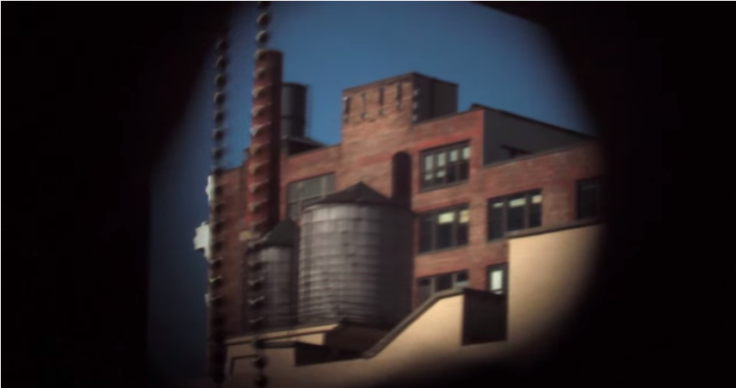Now You See Me: How To See Without Glasses, Thanks To The Natural Properties Of Light

Coke bottle eyeglasses and delicate contact lenses both accomplish the same task: They help you see. But what if you misplace your precious eyewear? Fortunately, all hope is not lost. The lens of your eye may not work like it used to, but physics is here to stay.
The short of it is that forming a tiny circle with your fingers, and looking through it, will bring any object into focus. The longer explanation, however, requires some understanding of how vision works. And for that, the lesson begins with the lens.
Lenses, be they on your camera or on the surface of your eyeballs, collect incoming light bouncing off whatever objects you’re looking at and bundles it into a targeted point. In your eye, this happens on your retina, a layer of tissue in the back of your eye that works with a collection of nerves to transform meaningless visual information into patterns your brain can understand. You look at a red barn, and the light hitting the barn bounces toward your eye, focusing through the lens, and eventually reaching your brain. You “see” a barn.
Without working lenses, your eyes can’t bring objects into focus. (The same is true with cameras.) But lenses aren’t the only way to achieve focus. If the passageway between your eye and the light source is small enough, where only a certain amount of light can get through — say, a tiny circle you form with your fingers — the light won’t scatter or blur.
The image will be darker, because there is less overall light, but at least it will be in focus — which, of course, is more desirable if you want to avoid stepping on a misplaced pair of glasses rather than buying new ones.



























